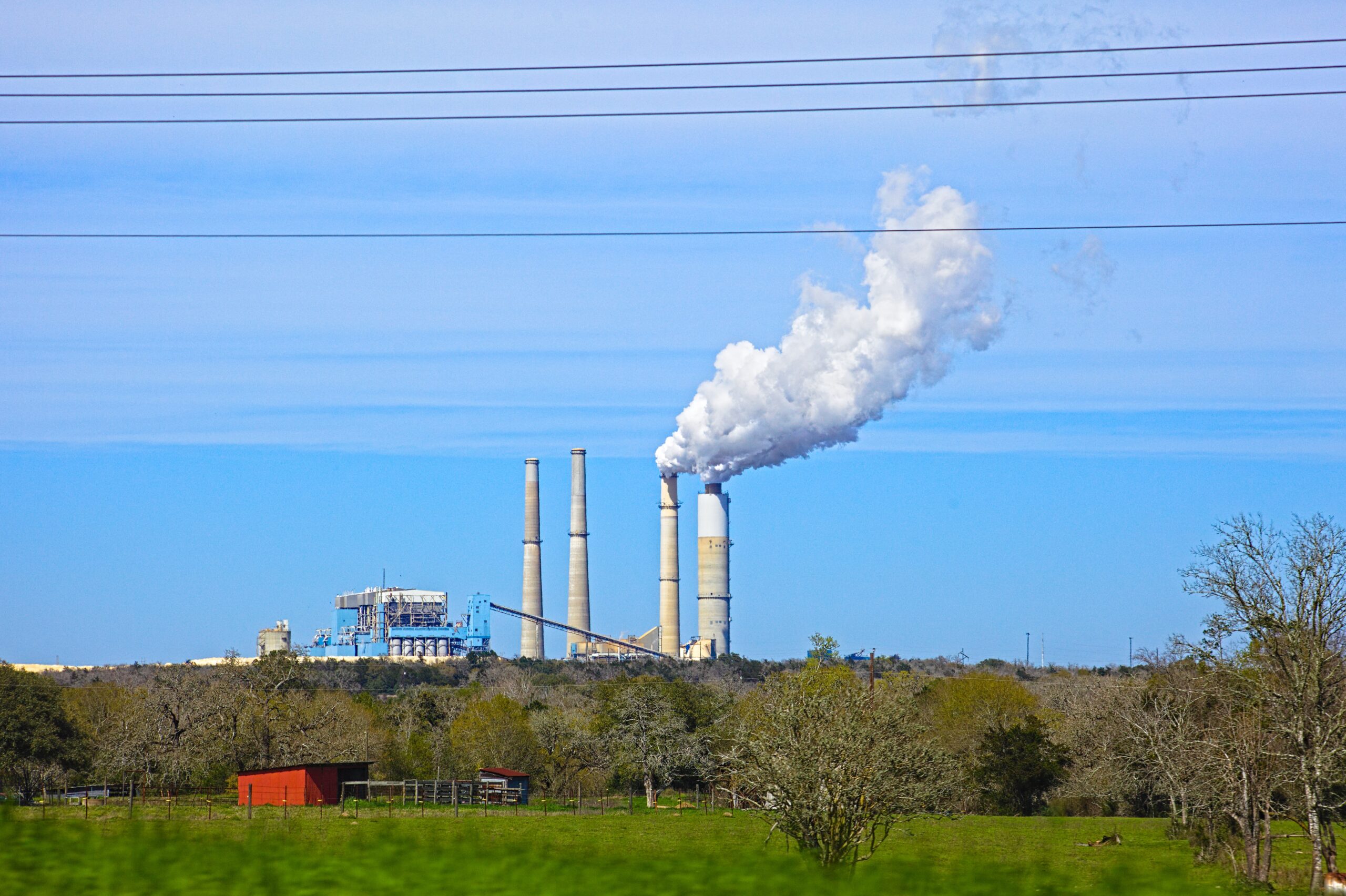Rohin Kumar, Senior Agriculture Campaigner, Greenpeace India explains the impact of changing rainfall patterns on India’s rice production
RH Desk September 27
The Indian government this month said the absence of annual monsoon rains in some parts of the country would have an impact on rice production in the country.
India’s Ministry of Consumer Affairs, Food, and Public Distribution said that a 60-70 lakh metric tonnes (MT) (6-7 million MT) loss in domestic production is estimated. It, however, said due to good monsoon rains in some pockets, the production loss may be reduced to 40-50 lakh MT(4 to 5 million metric tonnes).
The recent United Nations Convention to Combat Desertification ‘Drought in Numbers in 2022’, has included India as one of the countries most badly affected by drought.
In a bid to understand how changing rainfall patterns is impacting India’s rice production, Rohin Kumar, Senior Agriculture Campaigner, Greenpeace India – a global non-governmental organization and environmental group explains the present scenario.
On Current Situation
The unprecedented change in rainfall patterns, droughts, and extreme heat have hit our farms and farmers badly. The sixth assessment report (2022) of the Intergovernmental Panel for Climate Change (IPCC) estimates an adverse impact on food availability and prices, resulting in increased undernourishment in South and Southeast Asia due to climate change. In India, this year, various states are observing a rain deficit and according to government estimates West Bengal, Bihar, Jharkhand, and Uttar Pradesh will have 6% lesser paddy production in 2022 compared to the last year.
Impact on Agriculture
It is also a stark reminder that India needs to uphold and promote a transition from mono to multi-cropping systems. With the climatic events, there would be a direct impact on agriculture and consequently on food and nutritional security. Hence, it is important that the government approaches food and nutritional security by strengthening dietary diversity — promoting kitchen gardens and nutrition-sensitive agriculture that incorporates extensive livestock systems. At the same time, it is also important for the urban communities to step in and support farmers by directly buying from farmer collectives, ensuring fair prices for farmers, and sharing the impacts of uncertainty and loss.
Need of Hour
India also needs to create adequate demand and supply of many localized indigenous grains, vegetables, and fruits. Apart from this, long-standing recommendations arising from the National Food Security Act 2013 for the addition of millets to the PDS, as well as recommendations from the on-ground campaigns for adding pulses and oil to the Public Distribution System (PDS) and eggs to the Mid-Day Meals and Angawadi hot-cooked meals and Take Home Ration to need to be adopted.



